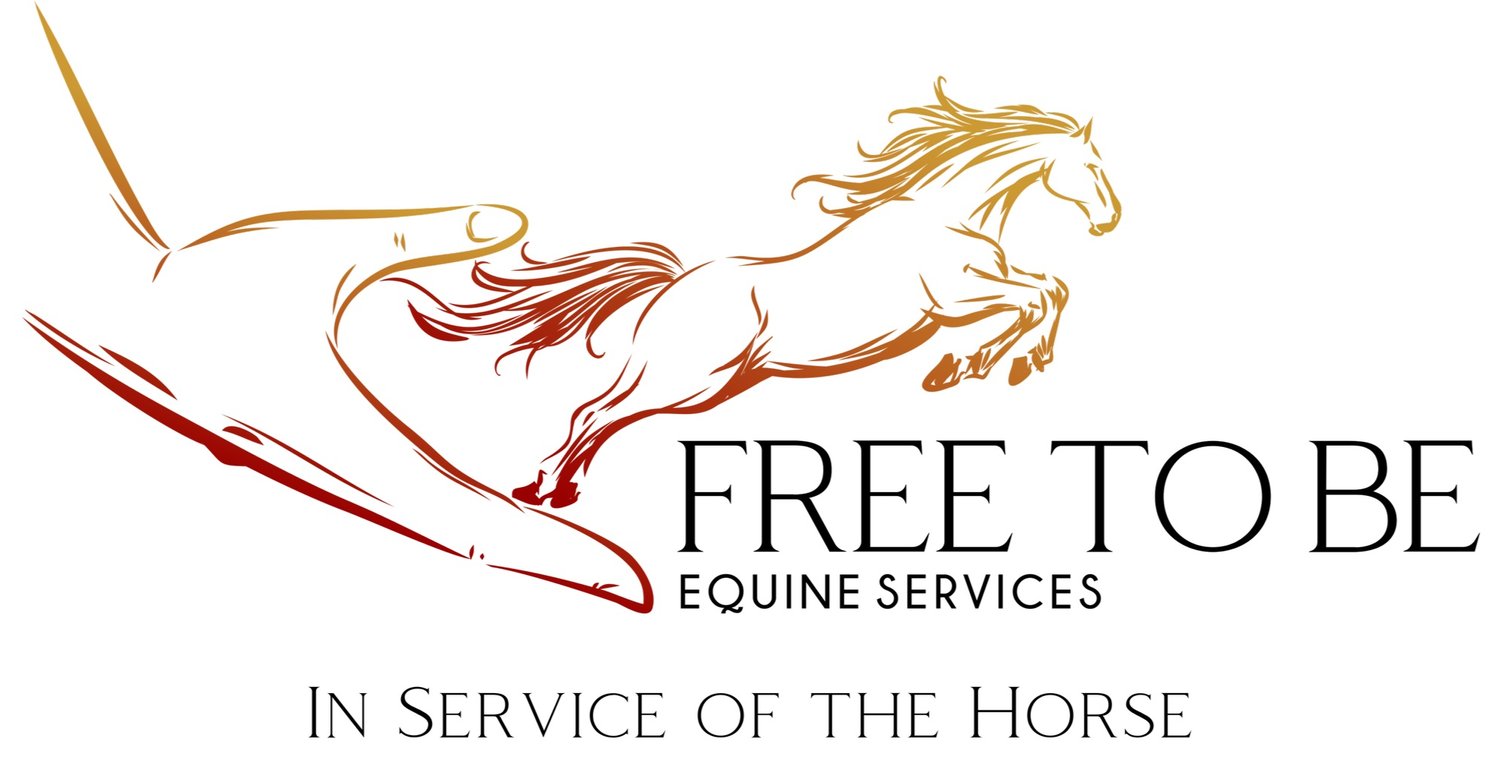Equine bodywork practitioners generally focus on restoring balance to a horse’s musculoskeletal system. Most of the attention is often directed at the larger muscles and joints, and an area that can be overlooked is the horse's ears.
Please remember that the ears are sensitive to touch and manipulation by nature. Many horses also store a lot of tension and trauma in the ears and are not keen to have them touched. It is imperative that if you do any manual work with the ears, you work in a way that is extremely soft, slow, and conservative. Always respect the horse's feedback, and never attempt it while the horse is tied or cross-tied. This is definitely an area where "less is more" applies, and you may even find that starting with off-body work is most effective and agreeable to the horse.
Some of the key structures we are affecting when we work with the equine ears:
External Ear (Pinna): The external part of the ear that is responsible for collecting sound. The pinna is highly mobile and can move independently to better capture sound from various directions.
Ear Canal (External Acoustic Meatus): This tube connects the external ear to the middle ear and is important for transmitting sound vibrations. It's also a sensitive area that can influence balance and coordination.
Middle Ear: Contains the ossicles (tiny bones) that transmit sound vibrations to the inner ear. The middle ear also contains muscles and tissues that help regulate sound sensitivity and dampen vibrations.
Inner Ear (Cochlea and Vestibular System): The cochlea processes sound vibrations and sends signals to the brain. The vestibular system, located in the inner ear, is crucial for balance and spatial orientation. It helps the horse maintain equilibrium, which is critical for movement coordination.
Soft Tissue: Horses have 16 muscles in each ear, which allows them to rotate their ears up to 180 degrees. In addition, the muscles, ligaments, and fascia that support the head and neck have close associations with the ear region. Tension in these areas can affect the ear, and vice versa, which is why restoring function in this area can be so effective.
Nerves: The ear region is rich in nerve pathways that are essential for both sensory input and motor control. One of the primary nerves in this area is the facial nerve, which passes near the ear and controls several facial muscles, including those that move the ear itself. Dysfunctions in muscles, fascia or cranial bones themselves can result in a lot of nerve discomfort, and even affect the horse’s facial expressions, motor control, and sensory input. Additionally, the trigeminal nerve (cranial nerve V) provides sensation to the face, including areas near the ear, and can influence how a horse perceives sensations in the head (head shakers are often experiencing issues with the trigeminal nerve). The vagus nerve, which also runs near the ear, is involved in regulating parasympathetic functions, including heart rate and digestion.
TMJ (Temporomandibular Joint): The horse's jaw is closely connected to the soft tissues and structures of the ears. Tension in the jaw can radiate to the ear area and cause discomfort and dysfunction, and vice versa. Discomfort and dysfunction in the TMJ creates issues with bite alignment, movement, balance, nerve function, and can be extremely painful for the horse.
As you can see, there are so many benefits to working with the ears in equine bodywork. The muscles and fascia around the ears often hold tension due to stress, old or chronic injuries of the head or neck, poor posture, and compensatory movement patterns. Gentle manipulation of the ear area can reduce tension and help to resolve dysfunctions in surrounding structures, which improves range of motion, posture, and overall comfort. Ear work can also have a deeply calming effect. Working with the horse’s ears can trigger a parasympathetic (rest and digest) response, helping to reduce anxiety and stress.
Another interesting thing to note about ear work is the effects on the vestibular system, and blood and lymphatic flow. The vestibular system in the inner ear is integral to maintaining balance and spatial orientation. Working with the ear stimulates this system and can improve the horse’s balance and coordination, which is extremely important not only for the performance of ridden horses, but for navigating their day to day lives without injury.
The head and neck area are rich in lymph nodes and blood vessels. Working with the ears can promote the circulation of blood and lymphatic fluid, supporting the horse’s immune system and overall health.
I always recommend having your horse's bodyworker demonstrate appropriate techniques for working with your horse's ears. Those techniques are often a combination of massage, fascial release, and acupressure. It may take time to build trust with your horse to allow you to work with their ears, but the benefits are massive and absolutely worth the time to do so!
And please, do not ever twitch your horse's ears. There is recent research that examines the negative effects of ear twitching. Twitching the ear entails a strong grip with a twist in the ear to painfully subdue the horse, and has been determined to cause high levels of stress and fear in horses. It can lead to severe head shy behaviour, as well as possible long term physical damage to the structures.
Thank you to Sandra for the photo of myself and Edie playing with ear work. It took many sessions of trust building for Edie to allow and relax into this work. Now she is a big fan!
Looking for more resources like this? Consider signing up for my newsletter - an educational resource, free of charge and sent straight to your inbox 2-4 times per month. Sign up HERE!

